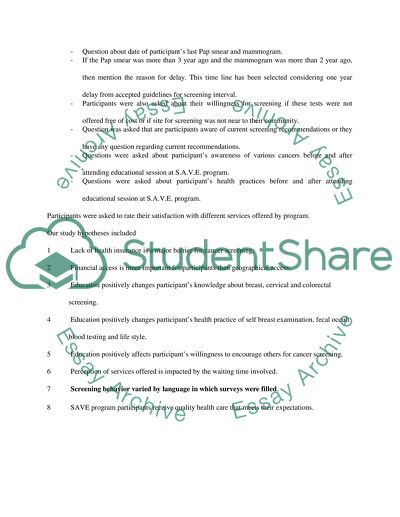Cite this document
(“Cancer screening and education Essay Example | Topics and Well Written Essays - 2250 words”, n.d.)
Cancer screening and education Essay Example | Topics and Well Written Essays - 2250 words. Retrieved from https://studentshare.org/health-sciences-medicine/1582055-cancer-screening-and-education
Cancer screening and education Essay Example | Topics and Well Written Essays - 2250 words. Retrieved from https://studentshare.org/health-sciences-medicine/1582055-cancer-screening-and-education
(Cancer Screening and Education Essay Example | Topics and Well Written Essays - 2250 Words)
Cancer Screening and Education Essay Example | Topics and Well Written Essays - 2250 Words. https://studentshare.org/health-sciences-medicine/1582055-cancer-screening-and-education.
Cancer Screening and Education Essay Example | Topics and Well Written Essays - 2250 Words. https://studentshare.org/health-sciences-medicine/1582055-cancer-screening-and-education.
“Cancer Screening and Education Essay Example | Topics and Well Written Essays - 2250 Words”, n.d. https://studentshare.org/health-sciences-medicine/1582055-cancer-screening-and-education.


